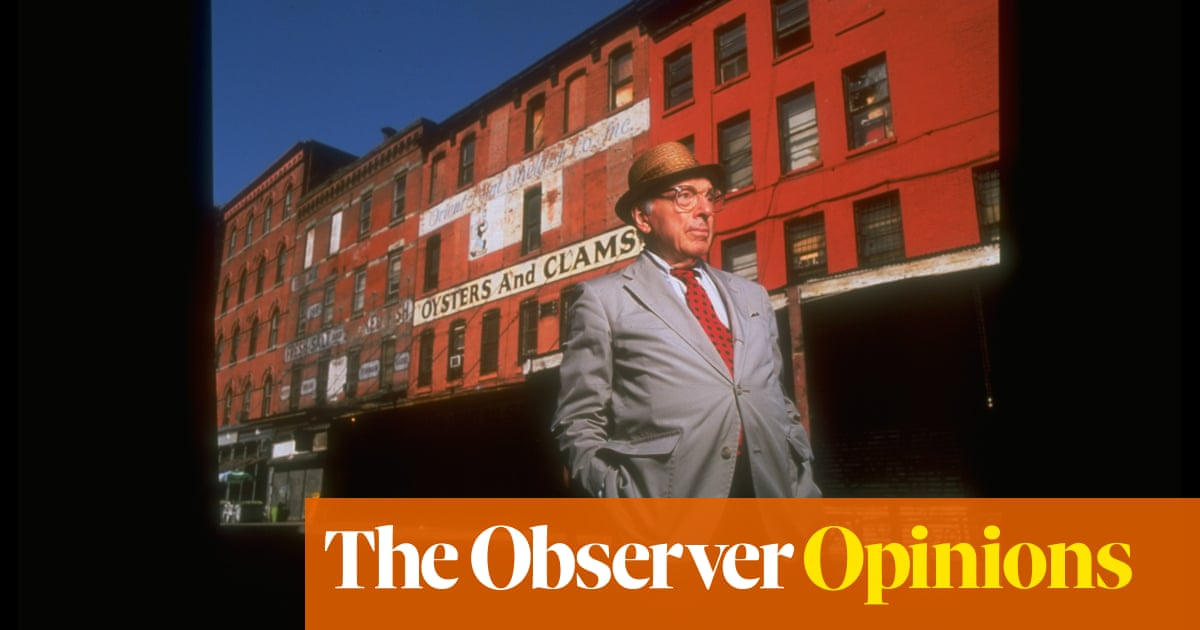
The great American journalist Joseph Mitchell turned writing about the death of favourite restaurants into an artform. If the soul of his city, New York, existed anywhere, he argued, it was in the life of its waterfront and backstreet eating houses. In this spirit, in the 1940s and 1950s Mitchell created a new form of obituary: the long, heartfelt memorial to the passing of those places in which we gather to make memories or forget sorrows – most of them demolished in the name of development.
Mitchell would have had plenty to say about the imminent erasure of several much-loved London institutions. Michel Roux Jr’s decision to close Le Gavroche brings to an end a family-inspired taste for authentic (and expensive) French cooking that began 56 years ago; the fabulous, eccentric India Club along the Strand, has had an even longer run – it has been seven decades since the first lamb bhuna was dished up on its determinedly democratic refectory tables (its freeholder wants to make it another luxury hotel). Great restaurants have personal memories built in. And in this sense, the loss I will feel most keenly will be that of Banner’s, the ultimate neighbourhood cafe in Crouch End, north of the city – which famously once entertained Bob Dylan – and which for 30 years has been the place where my family has celebrated birthdays and anniversaries.
In later life, after he stopped writing, Mitchell was in the habit of wandering demolition sites in New York, pocketing scraps of places he remembered. (His daughter once told me that after his death, the family divided 240 pickle forks that he had collected in this way). Cities never stay still for long. Even so, in the coming weeks, it will be tempting to wander past certain builders’ skips, to see what there is to hold on to.
On the fly
As a species that craves play, we are fascinated by evidence of like-minded habits in other creatures. The most intriguing bits of any Attenborough series are not the ardent mating rituals, but the images of bears rolling in snow for the hell of it, or dolphins catching a wave.
Recent scientific study has extended that human curiosity into unlikely areas. Last year there was a fabulous experiment that revealed that bees – those infamous workaholics – were unable to resist taking a break from their labours to roll a bee-football around. Those insect idlers are not alone. Last week, a team from the University of Leipzig produced evidence that fruit flies, given the choice, have a slacker’s inclination to take a spin on a mini-carousel. Who knows what to deduce from such studies – but what better distraction from our own pressing deadlines than watching videos of drosophila taking their turn on a roundabout.
Most wanted
The instantly ubiquitous image of inmate number P01135809 scowling into the camera at Fulton county jail has prompted various features on the histories of mugshots – a form of pictorial profiling that was invented by the French criminologist Alphonse Bertillon in 1888. My own most memorable encounter with the genre came during an interview with the singer Tom Waits, who was – in the course of our conversation – bemoaning the end of the traditional practice of advertising images of “America’s Most Wanted” on the walls of local post offices.
Waits had a handy personal solution to that change; he held up his phone and scrolled through the mugshots of fugitive murderers and terrorists he kept there.
“Just in case, you know,” he said.
Tim Adams is an Observer columnist












